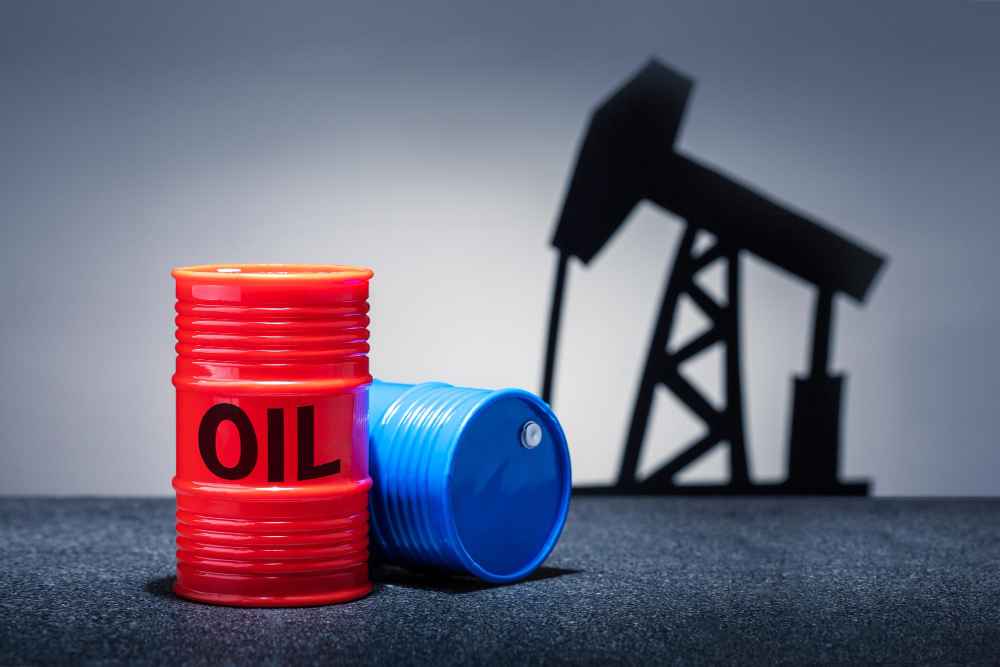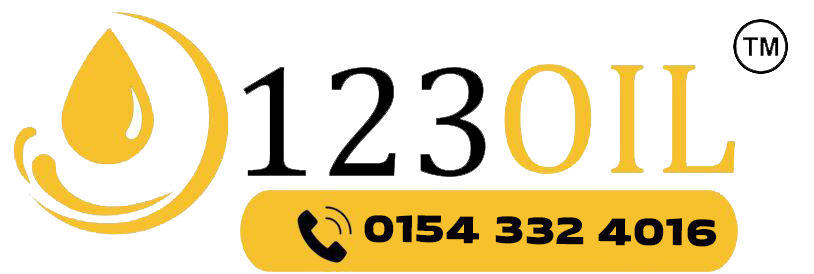The advantages of kerosene include its high energy efficiency, affordability, easy storage, and long shelf life, making it ideal for heating and lighting. However, the disadvantages of kerosene include its carbon emissions, strong odour, risk of indoor air pollution, and dependence on fossil fuels, all of which can affect both health and the environment.
Kerosene has been used for over a century as a reliable source of energy across homes, farms, and industries. Whether it’s lighting lamps, heating homes, or fuelling machinery, kerosene remains one of the most versatile fuels available today. However, as with any energy source, it has both benefits and drawbacks that influence its continued use in modern society.
In this detailed guide, we’ll explore the advantages and disadvantages of kerosene, how it’s produced, where it’s commonly used, and what makes it a key player in both domestic and industrial applications.
What Is Kerosene?
Kerosene, sometimes known as paraffin oil, is a flammable liquid hydrocarbon obtained from the fractional distillation of crude oil. It’s lighter than diesel but heavier than petrol, sitting in the middle of the petroleum product spectrum. Its versatility and ease of storage have made it a household staple for decades, particularly in rural or off-grid areas where access to mains gas or electricity may be limited.
The chemical composition of kerosene gives it a high energy output while burning relatively cleanly compared to some other fossil fuels. It is widely used for:
- Domestic heating and cooking
- Aviation fuel (jet engines)
- Agricultural machinery
- Lighting lamps in remote areas
- Industrial processes
Advantages of Kerosene
Despite the rise of renewable energy sources, kerosene continues to be used because of its unique benefits. Below are the main advantages of kerosene that make it a reliable fuel source for homes and industries alike.
High Energy Efficiency
One of the biggest advantages of kerosene is its high energy content. It delivers more heat per litre than many alternative fuels, meaning it can produce significant warmth or energy output with less volume. This makes it particularly effective for heating systems and space heaters during cold weather.
A well-maintained kerosene heater can quickly raise indoor temperatures and maintain them consistently, making it ideal for areas with harsh winters.
Readily Available and Affordable
Kerosene is easily accessible in most parts of the world and is often cheaper than electricity or other heating fuels. Because it’s a by-product of crude oil refining, it benefits from the established global petroleum supply chain.
For households without access to mains gas, kerosene offers a cost-effective and readily available alternative. It’s especially popular in rural UK communities where other fuels may be difficult to source.
Versatile Applications
Another major benefit of kerosene is its versatility. It’s not just used for home heating, it also powers:
- Jet engines (aviation fuel)
- Portable camping stoves and heaters
- Industrial furnaces and boilers
- Lamps and lanterns
- Agricultural equipment
This wide range of uses highlights how adaptable kerosene is across different sectors.
Long Shelf Life
When stored properly, kerosene can last up to five years without degradation. It doesn’t evaporate quickly or lose its combustibility, making it an excellent choice for emergency fuel storage.
This characteristic is why kerosene is often kept in reserve for backup heating or lighting during power outages.
Stable and Safe to Handle
Compared to highly volatile fuels like petrol, kerosene is relatively stable. It doesn’t ignite easily at room temperature, reducing the risk of accidental fires during storage and handling.
When used with proper ventilation and equipment, kerosene heaters and lamps are generally safe and dependable.
Effective for Off-Grid Living
For homes and farms located far from central energy grids, kerosene offers a dependable solution. Its portability, ease of storage, and availability make it ideal for off-grid heating, cooking, and lighting needs.
People living in remote regions or using temporary structures such as caravans or greenhouses often prefer kerosene because it doesn’t rely on electrical infrastructure.
Quick and Strong Heating Power
Kerosene burns hot and fast, producing immediate warmth. This makes it particularly useful for portable heaters or emergency heating when temperatures drop suddenly.
Unlike some electric heaters, which take time to warm a space, kerosene provides instant heat output.

Disadvantages of Kerosene
While kerosene offers numerous benefits, it’s not without its downsides. The disadvantages of kerosene mainly relate to environmental concerns, air quality, and maintenance requirements. Understanding these helps you use the fuel more responsibly.
Air Pollution and Health Concerns
Burning kerosene releases carbon dioxide (CO₂), sulphur dioxide (SO₂), and small amounts of nitrogen oxides (NOx). These gases contribute to air pollution and greenhouse gas emissions.
In poorly ventilated spaces, kerosene heaters and lamps can also emit carbon monoxide (CO), which is a dangerous, odourless gas that poses serious health risks if inhaled.
Proper ventilation is therefore essential when using kerosene indoors to prevent respiratory problems and reduce exposure to harmful fumes.
Dependence on Fossil Fuels
Kerosene is derived from crude oil, a non-renewable fossil fuel. This makes its long-term sustainability questionable, especially as the world moves towards cleaner, renewable energy sources.
Its extraction, refining, and transportation all contribute to carbon emissions, adding to global environmental concerns.
Storage and Odour Issues
Although kerosene is stable, it has a distinctive smell that some users find unpleasant. If stored improperly, the odour can seep into surrounding areas or contaminate indoor air.
Additionally, leaks or spills can lead to contamination of soil and water, so safe storage practices are crucial. Kerosene should always be kept in tightly sealed, approved containers, away from heat sources and direct sunlight.
Potential Fire Hazard
While kerosene is less flammable than petrol, it’s still a combustible substance. Improper storage, open flames, or faulty equipment can lead to accidental fires.
Users must always exercise caution when refuelling heaters or lamps, ensuring devices are cool before adding fuel.
Regular Maintenance Needed
Kerosene-burning appliances require routine cleaning and servicing to maintain efficiency and prevent soot build-up. Neglecting maintenance can cause blockages, incomplete combustion, and smoke emissions.
This ongoing maintenance can add extra cost and effort compared to more modern energy sources like gas boilers or electric heaters.
Environmental Impact
Although kerosene burns cleaner than coal or diesel, it still produces carbon emissions that contribute to global warming. Spills during handling or storage can contaminate soil and water, affecting wildlife and ecosystems.
In comparison, renewable energy sources such as solar or wind power are much cleaner and have minimal environmental impact.
Higher Long-Term Cost
While kerosene is affordable upfront, fluctuating oil prices can make it more expensive over time. As the global market for petroleum products changes, kerosene prices may rise significantly during periods of high demand.
Additionally, households using kerosene for heating must factor in the costs of delivery, maintenance, and tank installation, which can add to long-term expenses.
Comparison: Kerosene vs Other Fuels
Fuel Type | Efficiency | Cost | Environmental Impact | Availability |
Kerosene | High | Moderate | Moderate pollution | Widely available |
Electricity | Moderate | High | Clean if renewable | Depends on grid access |
Gas (LPG/Natural Gas) | High | Moderate | Lower pollution | Common in urban areas |
Wood or Coal | Low | Low to moderate | High pollution | Limited or seasonal |
Safe Storage and Handling of Kerosene
To maximise safety and performance, kerosene should always be handled with care:
- Store it in approved containers clearly labelled for kerosene.
- Keep containers in a cool, dry place away from direct sunlight and open flames.
- Avoid storing kerosene indoors where fumes can accumulate.
- Use only certified kerosene heaters or lamps designed for this fuel type.
- Schedule regular maintenance checks to keep appliances running safely.
The Role of Kerosene in Modern Energy Use
Despite growing interest in renewable energy, kerosene continues to play an important role in regions lacking stable electricity access. It provides a reliable backup fuel during emergencies and remains vital for aviation, agriculture, and heating applications.
123 Oil supply high-quality kerosene that meets modern efficiency and safety standards, ensuring users get dependable energy with minimal emissions.
Moving Towards Cleaner Alternatives
As environmental awareness increases, industries are exploring cleaner kerosene alternatives, such as bio-kerosene or synthetic fuels. These are produced from renewable sources like plant oils or waste materials, offering lower emissions without compromising performance.
Over time, such innovations could make kerosene use more sustainable, bridging the gap between fossil fuels and renewable energy.
Summary: The Pros and Cons of Kerosene
Advantages:
- High energy output and efficiency
- Easily available and affordable
- Long shelf life and stability
- Versatile applications
- Effective for off-grid use
- Quick heating capability
Disadvantages:
- Emits pollutants and greenhouse gases
- Fossil fuel dependency
- Odour and storage challenges
- Requires regular maintenance
- Potential fire hazard
- Environmental impact
While kerosene has clear strengths, especially in energy efficiency and reliability, its disadvantages highlight the need for careful use and a gradual shift towards cleaner energy sources.
Final Thoughts
Kerosene has earned its place as one of the most trusted fuels for heating, lighting, and industrial applications. Its efficiency, availability, and versatility make it an invaluable energy option, especially in remote or off-grid environments. However, users should remain aware of its environmental impact and health risks.
By handling it responsibly and exploring sustainable alternatives, households and industries can continue to benefit from kerosene’s advantages while supporting a cleaner, greener future.
Frequently Asked Questions
Kerosene is commonly used for heating, lighting, cooking, and as aviation fuel, as well as in industrial applications such as powering boilers or furnaces.
Yes, but only in properly ventilated spaces and with approved appliances. Poor ventilation can lead to harmful fumes or carbon monoxide build-up.
Kerosene can last up to five years if stored in a clean, sealed container away from heat, light, and moisture.
Burning kerosene releases carbon dioxide and other pollutants, contributing to global warming and air quality concerns.
In many rural areas, kerosene remains cheaper than electricity or gas, particularly for off-grid heating systems.










